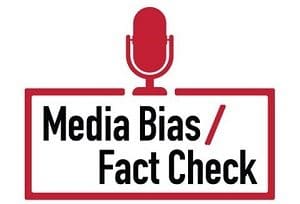
Pseudoscience: Consists of statements, beliefs, or practices that are claimed to be both scientific and factual but are incompatible with the scientific method (unproven, not testable, or opposed to the consensus of traditional science).
Acupressure
Definition: The application of pressure rather than needles on specific points on the body to control symptoms such as pain or nausea. Acupressure is often thought of as simply acupuncture without the needles. Acupressure practitioners use their fingers, palms, elbows or feet, or special devices to apply pressure to acupoints on the body’s meridians.
Reasoning: Like many alternative medicines, it may benefit from a placebo effect and it may reduce muscle tension, however, there isn’t evidence of the existence of body meridians. Trials using placebo have not demonstrated any statistically significant effect but concluded that acupressure is safe to use along with conventional treatment. Quackwatch says acupressure is a dubious practice and its practitioners use irrational methods.
More Information
- Quackademic medicine and acupressure at my alma mater
- Acupressure Points and Massage Treatment
- The Efficacy of Acupressure for Symptom Management: A Systematic Review
Conclusion: Acupressure is considered safe and potentially effective in reducing muscle tension, however, placebo studies have shown little benefit for larger claims such as controlling motion sickness and nausea.
Last Updated on February 2, 2023 by Media Bias Fact Check
Do you appreciate our work? Please consider one of the following ways to sustain us.
or
Left vs. Right Bias: How we rate the bias of media sources
